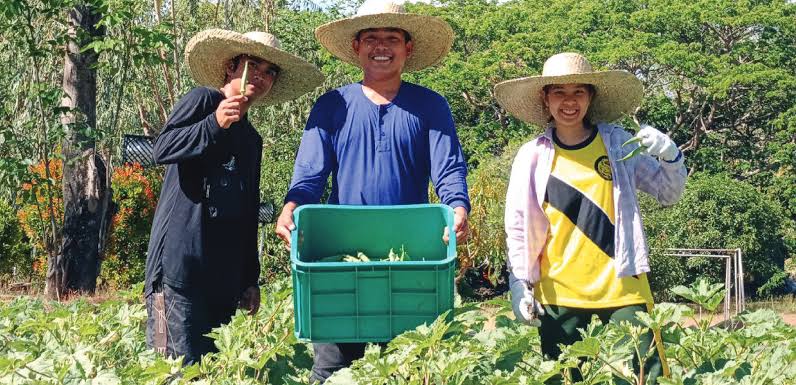Farming in Barbados plays an important role in the island’s economy and food security, though it has declined in economic importance over the years due to the growth of tourism and services. Here’s an overview:
- Historical Background
Sugar cane was the dominant crop since the colonial period and formed the backbone of Barbados’ economy for centuries.
Barbados was one of the world’s top sugar producers in the 17th and 18th centuries.
Over time, sugar exports have declined due to global market changes and land use shifts.
- Current Agricultural Landscape
The farming sector is small-scale and faces challenges such as limited arable land and water resources.
Common crops include:
Sugar cane (still grown but on a reduced scale)
Vegetables: carrots, lettuce, onions, cucumbers
Fruits: bananas, mangoes, breadfruit, guavas, and papayas
Root crops: sweet potatoes, cassava, yams
Livestock farming includes poultry, pigs, sheep, and goats.
- Challenges Facing Barbados Farming
Climate change: Droughts and hurricanes affect yields.
Soil degradation: Over-farming and limited rotation impact fertility.
Youth interest: Younger generations often prefer jobs in tourism or abroad.
Imports: A high percentage of food is imported, undermining local production.
- Government & Private Sector Initiatives
Encouragement of backyard gardening and urban agriculture.
Investment in greenhouse farming and hydroponics to boost food production.
Programs to support organic farming and agritourism.
Land lease programs and subsidies to promote farming among young entrepreneurs.
- Future Opportunities
Agro-processing: Turning local crops into value-added products (e.g., jams, juices).
Sustainable farming practices and climate-smart agriculture.
Export potential: Niche markets for organic or tropical products.
Tourism synergy: Farm-to-table dining and agricultural tours.


